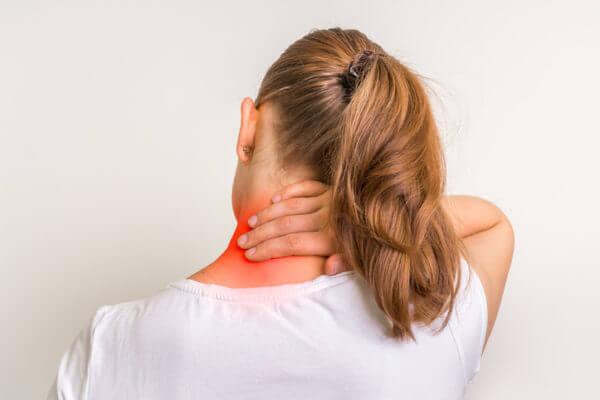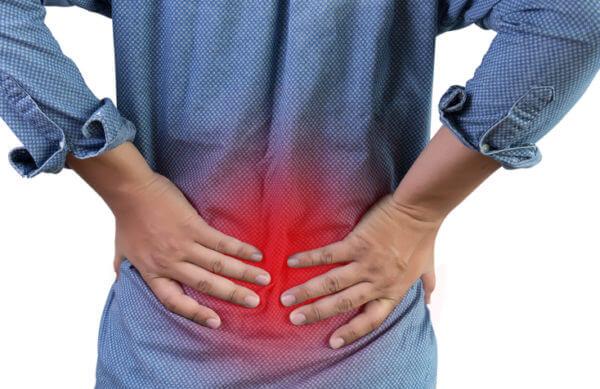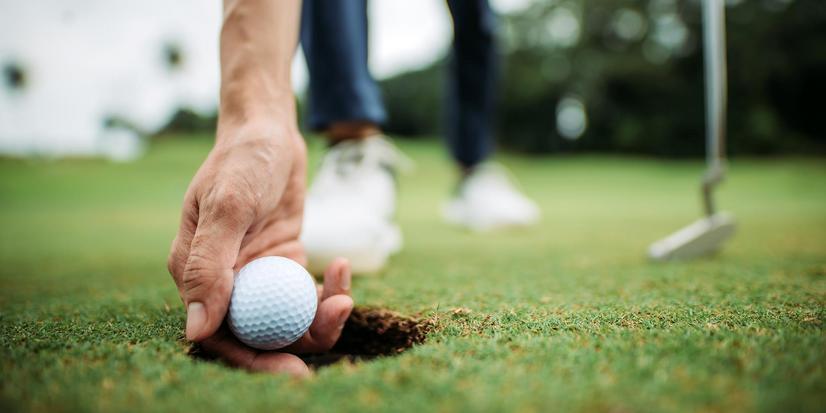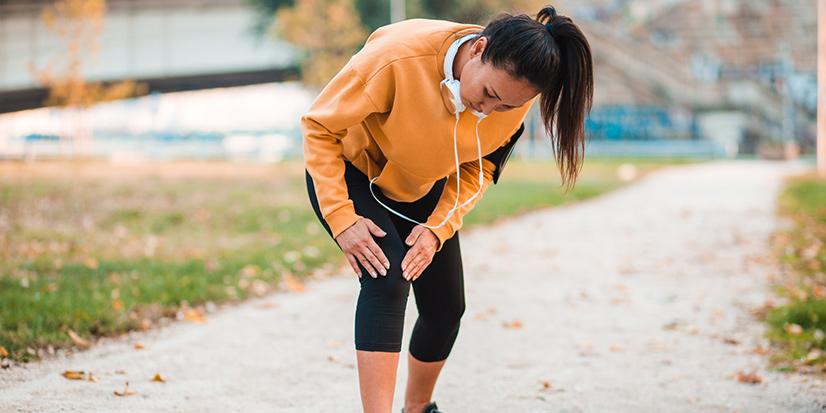For people who have never been treated by a physical therapist, the reason to go may not be completely understood. I am Logan Herman, a physical therapist in Devils Lake, and I was introduced to the benefits of physical therapy in high school after fracturing my pelvis in a dirt bike accident. With the help of physical therapy, I could get back to high school sports and the active lifestyle I enjoy. My dirt bike injury helped me determine my career path in becoming a physical therapist. Here are 12 things I treat through physical therapy:
1. Knee and Hip Replacements
Whether you are scheduled for a replacement or you have just had surgery, physical therapy can speed up your recovery process. Getting set up with PT prior to your surgery will improve the results of your surgery and help your return to your prior level of function faster. PT is important after surgery for improving your range of motion, building strength, improving walking gait, and getting you back into shape doing the things you love.
2. Ankle and Foot Injuries
The foot itself has 28 bones which creates great complexity due to several joint surfaces, ligaments, and tendons working together to make the foot function as it should. Ankle sprains, plantar fasciitis, lateral ligament reconstructions, and turf toe are a few injuries I rehabilitate on a regular basis. If the foot/ankle is not treated properly following injury or surgery a chronic injury can develop that will negatively affect performance and daily living for years down the road.
3. Lumbar Fusions
A growing number of people are undergoing lumbar fusion surgery to solve low back pain. Physical therapy is imperative to get core strength back for resuming prior level of function, whether that includes daily exercise and lifting weights, gardening and yard work, or daily work tasks in and out of the home.
4. ACL Injuries and Reconstructions
Athletes and the active population are prone to ACL injuries and we are here for you following reconstructive surgery or rehabilitation via a non-surgical route. Physical therapy can help you return to sport conditions through training focused on strengthening, jumping, acceleration/deceleration, balance, cutting, etc.
5. Hip Pain
This issue can be present in anyone from young kids all the way up to the elderly. Most hip injuries and pain can be resolved by seeing a physical therapist who will guide you through an appropriate program targeted at improving balance, strength, and stability of the muscles around the hip and core.
6. Shoulder Injury and Repair
Rotator cuff pathology, impingement syndrome, adhesive capsulitis, bursitis, labral tear, biceps pathology, dislocation – these are just a few of the diagnoses that we see on a regular basis. If you find that you have some shoulder discomfort in your daily tasks, during your workouts, performing indoor/outdoor work, or caring for children, for example, let a physical therapist take a look at it. You may be surprised how a few specific exercises or recommendations for changing your mechanics may improve how you feel.
7. Herniated Discs

Disc herniations happen when the body does not transfer force well through the low back due to poor mechanics or improper use of the core muscles. Knowing how to exercise the core, how to lift properly to preserve the discs, and how to decrease the chance of re-injury is something all of our patients receive under our care.
8. Neck Pain
Whether it is following an automobile accident or due to work or sleep postures, neck pain and tension headaches can be solved when joint motion is restored, muscle tension is relieved, and inflammation is minimized. Physical therapy often targets your posture and positioning throughout the day to minimize stress on your neck. Also, strengthening the supportive muscles of the arm, chest, and back can further speed up the healing process.
9. Knee Pain
The knee optimally performs in conditions where the joint above (hip) and the joint below (foot/ankle complex) are in good shape. If either of these supportive joints is weak or unstable, the knee often takes the brunt of the injury which can lead to arthritis, meniscal tears, ligament tears/strains, patellar tendonitis, and patellofemoral syndrome, for example. Physical therapists can help your knee pain by addressing the knee itself, as well as, the joints and their muscular supports above and below.
10. Low Back Pain and Sciatica
Low back pain and associated buttock/leg pain can be caused by many different things; an initial evaluation performed by a physical therapist can help to determine the source of your pain. Manual therapy techniques combined with rehabilitative exercises (postural training, flexibility, and strengthening) and education is the most effective approach for most patients.
11. Vertigo
If you notice a whirling or spinning sensation occurring when you change positions you may be experiencing BPPV, Benign Paroxysmal Positional Vertigo. This is a condition in which your brain receives abnormal balance signals triggered by displaced particles in the inner ear. Physical therapists utilize a series of head movements that shift the particles in the ear canals, therefore discontinuing the abnormal signals being sent to the brain and decreasing your symptoms.
12. Everything Else Involving Muscles, Tendons, Bones, Ligaments, Exercise, or Sports
this may seem like a ridiculous statement, but if the diagnosis involves one of the above-listed topics a physical therapist can treat it. There is no diagnosis or body part that physical therapists do not rehabilitate.
If you are questioning whether or not physical therapy could help you, contact Altru’s Physical Therapy, with locations across the region. Our physical therapists offer acute care and rehabilitation services for patients of all ages and diagnoses.







